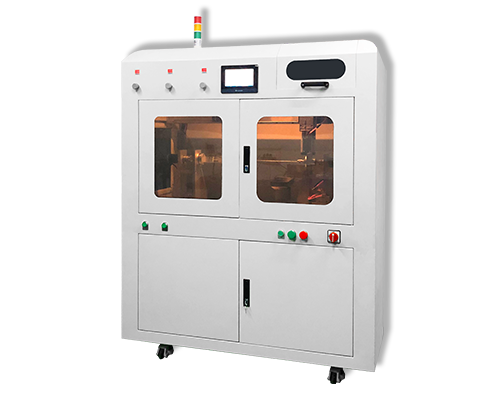Vascular Closure Device
How to quickly and safely stop bleeding at the puncture site is still a clinical challenge. For a long time, artificial compression hemostasis has been the only choice for surgeons. However, artificial compression hemostasis has disadvantages such as hematoma formation, patient discomfort, vagus nerve reflex, and occupation of medical staff’s time. With the development of vascular interventional therapy, it is often necessary to use Thicker catheter sheaths and anticoagulant drugs require longer compression time to stop bleeding, making the problem more prominent. In order to reduce the compression and braking time, improve the comfort of patients, and liberate the hands of medical staff, medical devices such as vascular closure devices to assist in closing the puncture point of blood vessels and achieving the purpose of hemostasis came into being.
At present, the common vascular closure devices on the market can be roughly divided into active vascular closure devices, compression-assisted closure devices and surface hemostatic stickers.
1) Active vascular closure devices use various methods to directly close the puncture point, which can be divided into 3 types according to their principles:
1. Release collagen and other procoagulant materials close to the outer surface of the blood vessel at the puncture point to activate coagulation, rapidly form thrombus, and seal the puncture point;
2. Use sutures to suture the puncture point directly;
3. Use staples or clips to close the puncture site. Compression-assisted closures can apply targeted and continuous pressure at the puncture point, thereby freeing the hands of medical staff. The surface hemostatic patch is a small patch made of procoagulant drugs to assist artificial compression and shorten the hemostasis time.
2) Compression-assisted closer
The auxiliary compression puncture point hemostatic closure device is to position the transparent balloon at the puncture part of the femoral artery, and then fix it with a plastic arch and a belt placed under the patient’s buttocks; when the puncture sheath exits the femoral artery, the balloon is inflated to temporarily block blood flow completely. flow, and then gradually decompress until the pulse of the dorsal artery of the foot can be felt without bleeding at the puncture site until the bleeding stops. The air bag is transparent, and it is possible to directly observe whether the compression position is accurate and the bleeding at the puncture point, so as to adjust the position and pressure; at the same time, the air bag is connected to the barometer, which can accurately control the pressure.
3) Surface hemostatic patch
The surface hemostatic patch uses the surface to seal the puncture point. How to use it: ①Apply proximal pressure on the treatment site; ②Confirm that the treatment site is dry and free of fluid; ③Apply the hemostatic patch to the treatment site, and apply a piece of sterile gauze on it; ④Apply real pressure on the treatment site, then slowly reduce the pressure at the proximal end to let the blood contact the hemostatic patch; ⑤Keep the pressure on the treatment site, and then release it slowly; An adhesive dressing protects the treatment site.
Compared with simple artificial compression to stop bleeding, the use of vascular closure device can reduce compression and braking time, improve patient comfort, and reduce the workload of medical staff, and it is mostly not affected by intraoperative anticoagulation, which has obvious advantages.
An ideal vascular closure device should have the advantages of simple operation, high success rate, exact effect, few complications, wide application range, short braking time, and resistance to repeated puncture. However, there is currently no vascular closure device. can meet all the above requirements. It is believed that with the development of materials and technologies, more and better vascular closure devices will appear in the future, and the development of vascular closure devices with completely independent intellectual property rights will become a major focus in the research of interventional therapy devices in my country.
Source: Journal of Interventional Radiology

Ultrasonic nozzles are particularly suitable for a wide range of medical coating applications due to their very precise, non-blocking, repeatable spray performance and extremely low flow rate capability. For several years, Cheersonic has been providing ultrasonic medical coating system to medical device manufacturers worldwide. As medical device technology evolves, we will continue to design unique medical coating ultrasonic spray solutions to enhance patient safety and provide the highest quality medical device coating on the market.
Cheersonic is the leading developer and manufacturer of ultrasonic coating systems for applying precise, thin film coatings to protect, strengthen or smooth surfaces on parts and components for the microelectronics/electronics, alternative energy, medical and industrial markets, including specialized glass applications in construction and automotive.

